Studies show that the average six-room home in the United States collects 40 lbs. of dust each year. Sounds impressively awful, right? But don't confuse all that dust with dirt and bad housekeeping. It's actually a combination of a lot of things. While it's impossible to get rid of dust completely, here are our top tips for keeping dust at a minimum so you and your family stay healthier.
Cleaning Tips to Reduce Household Dust
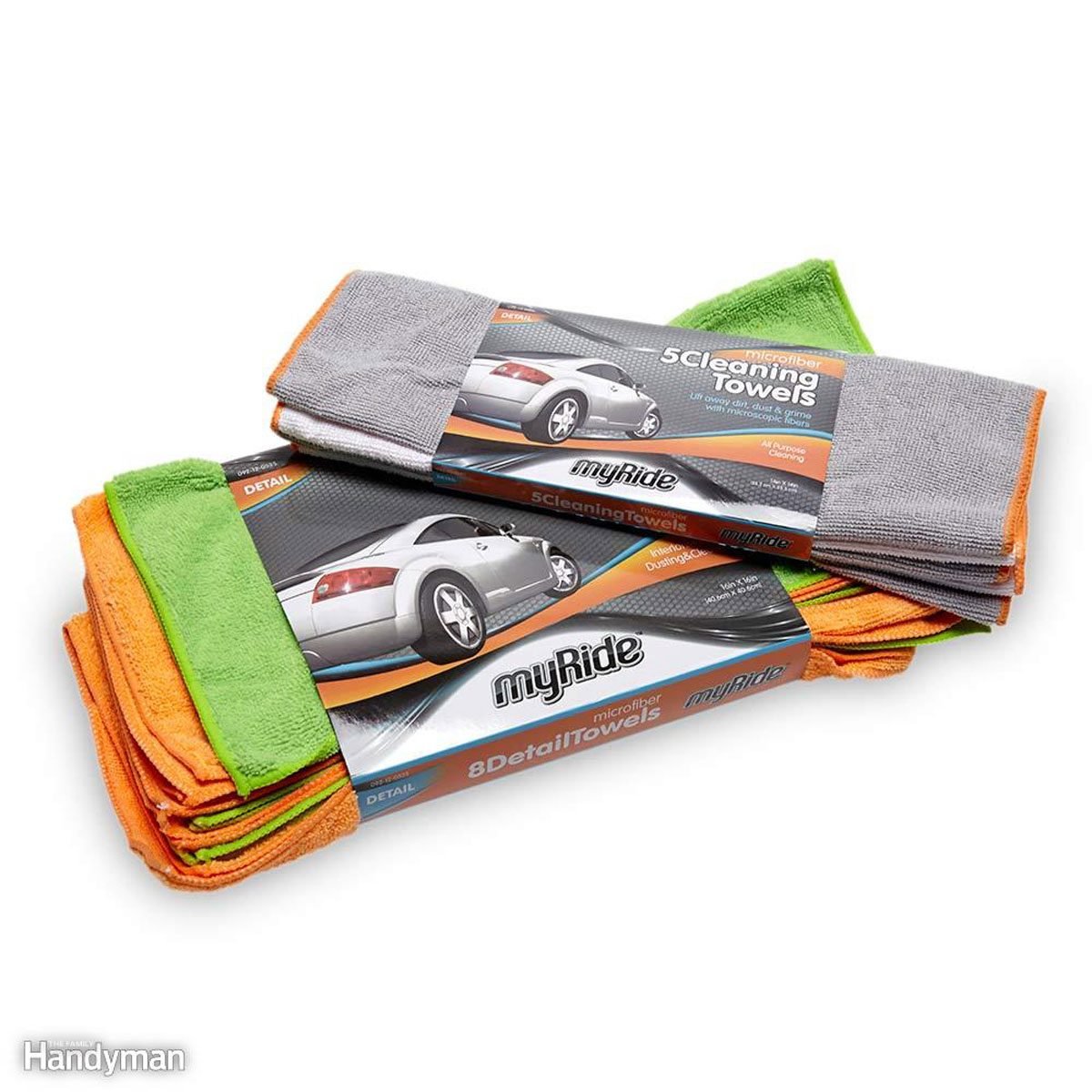
Clean with Microfiber Products
Next, try this DIY dusting spray.

Keep Closets Clear for Easy Cleaning
- Box or bag items on closet shelves. Clear plastic containers are best—they lock fibers in and dust out and let you see what's inside. When you dust, they're easy to pull off the shelves and wipe clean.
- Enclose the clothes you rarely wear. Those coats you wear only in winter shed fibers year-round. Slip garment bags or large garbage bags over them. They help to contain fibers and keep the clothes themselves from becoming coated with dust.
- Keep closet floors clear. If the floor is cluttered, chances are you'll just bypass it while vacuuming. But a wide-open floor adds only a few seconds to the vacuuming chore. And a wire shelf lets you clear all those shoes off the floor without losing storage space.
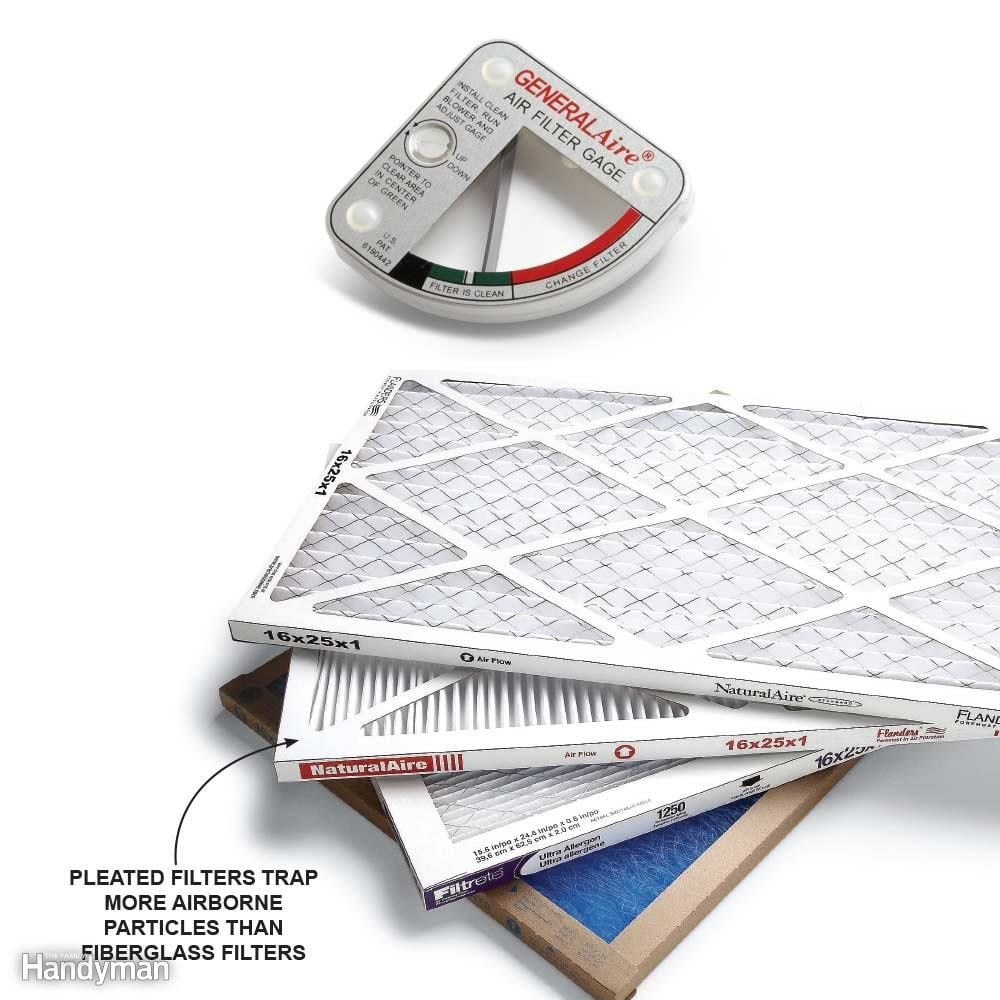
Upgrade Your Furnace Filter
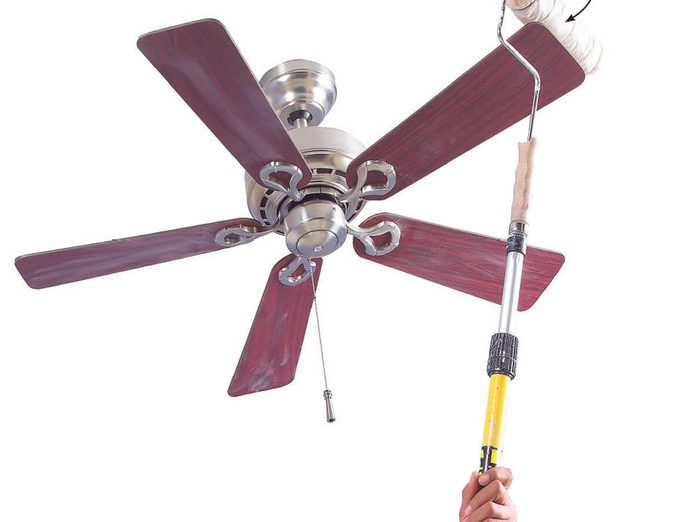
Duster for the Vertically Challenged
Unless you play in the NBA, dusting ceiling fans and other high, out-of-reach objects is a real chore. Wrap a dryer sheet around a clean painting roller and secure the ends with rubber bands. Attach an extension handle to the roller and dust away for the fastest way to clean house.
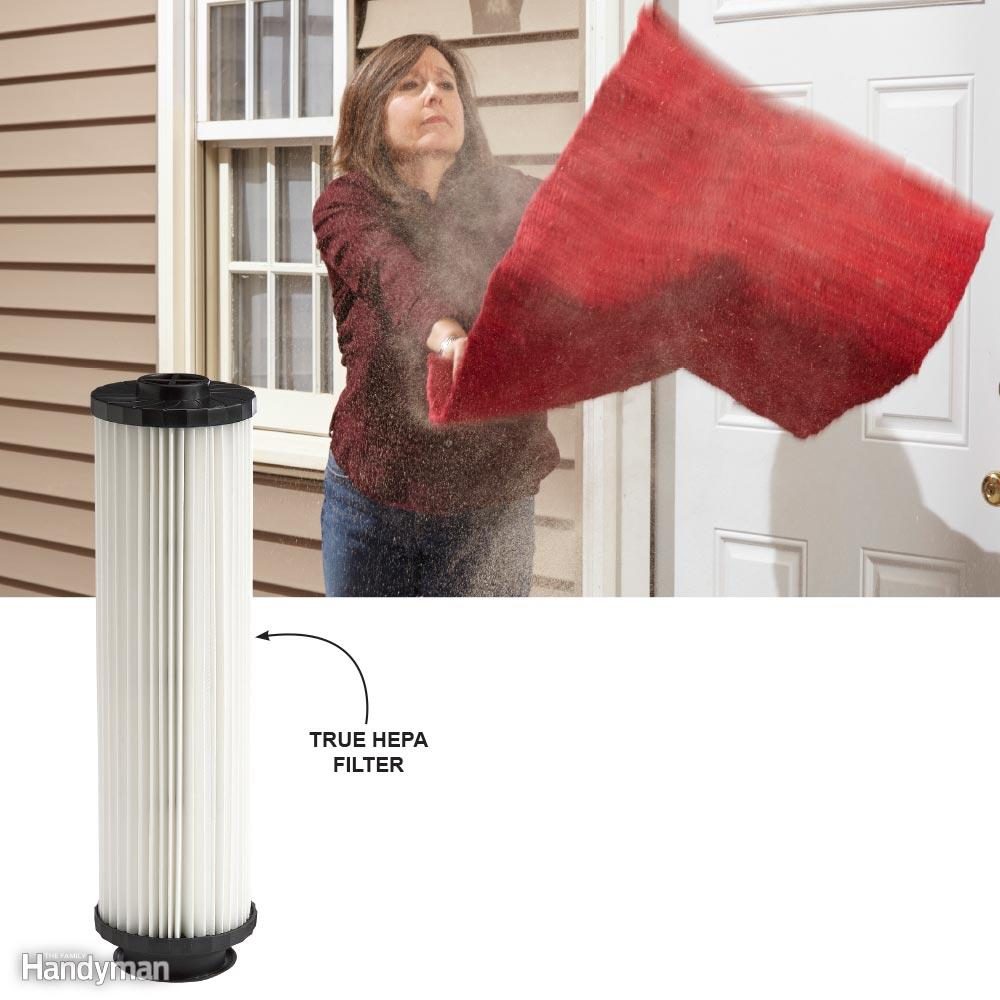
Make the Most of Your Vacuuming
- Vacuum high-traffic areas twice a week and the rest of the carpeting and large area rugs at least weekly.
- Make numerous slow passes over the same area in all directions (fast passes stir up more dust than is being sucked up).
- Use certified True High-Efficiency Particulate Air (HEPA) filters to remove invisible particles and allergens. Look for the word 'True" on the label.
- If you have allergies, upgrade to a sealed-body bagged vacuum with an airtight 'sealed filtration' system that works together with a True HEPA filter. This means all of the exhaust will exit through the HEPA filter instead of leaking dust back into your house through the machine's housing. Sealed-body vacuums have rubber seals or gaskets around the lid and filter and will last 10 to 20 years. Brands include Riccar, Miele and Sanitaire.
- Buy high-quality vacuum bags. Inexpensive 2- or 3-ply paper bags leak more dust. Higher-quality cotton-lined paper bags are better, and top-quality synthetic cotton HEPA bags are the best. Bag capacity matters too. Higher-capacity bags capture more, smaller particles that would have otherwise clogged the filter.
- Clean all your bagless vacuum filters regularly and replace them every three months.
- Turn off the agitator brush on hard flooring so you're not blowing dust into the air.
- Maintain your vacuum: Empty the canister frequently (always outside) and change bags and belts when needed. Keep the agitator brush free of hair and other material, and check the vacuum for cracks and loose hinges and get it serviced every so often to keep it running smoothly.
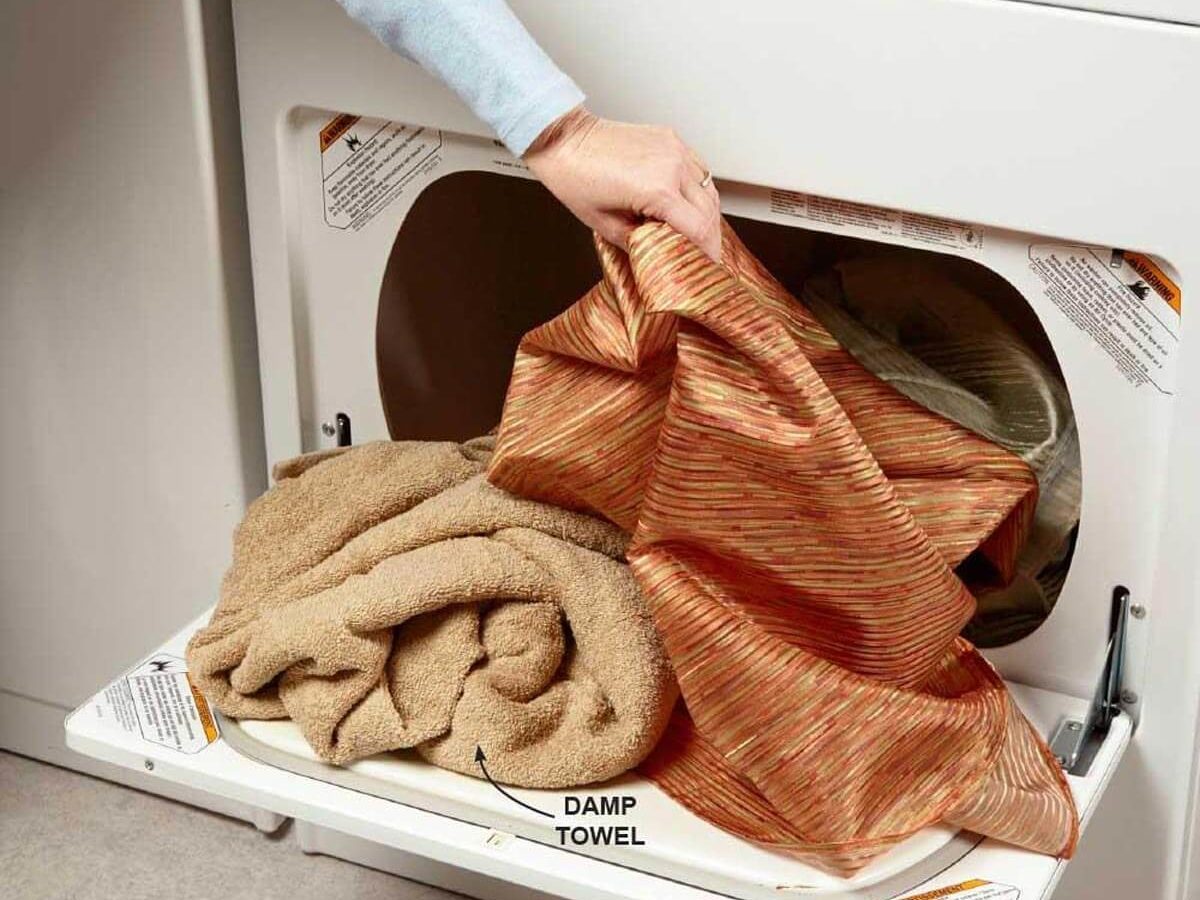
Dust with Your Dryer
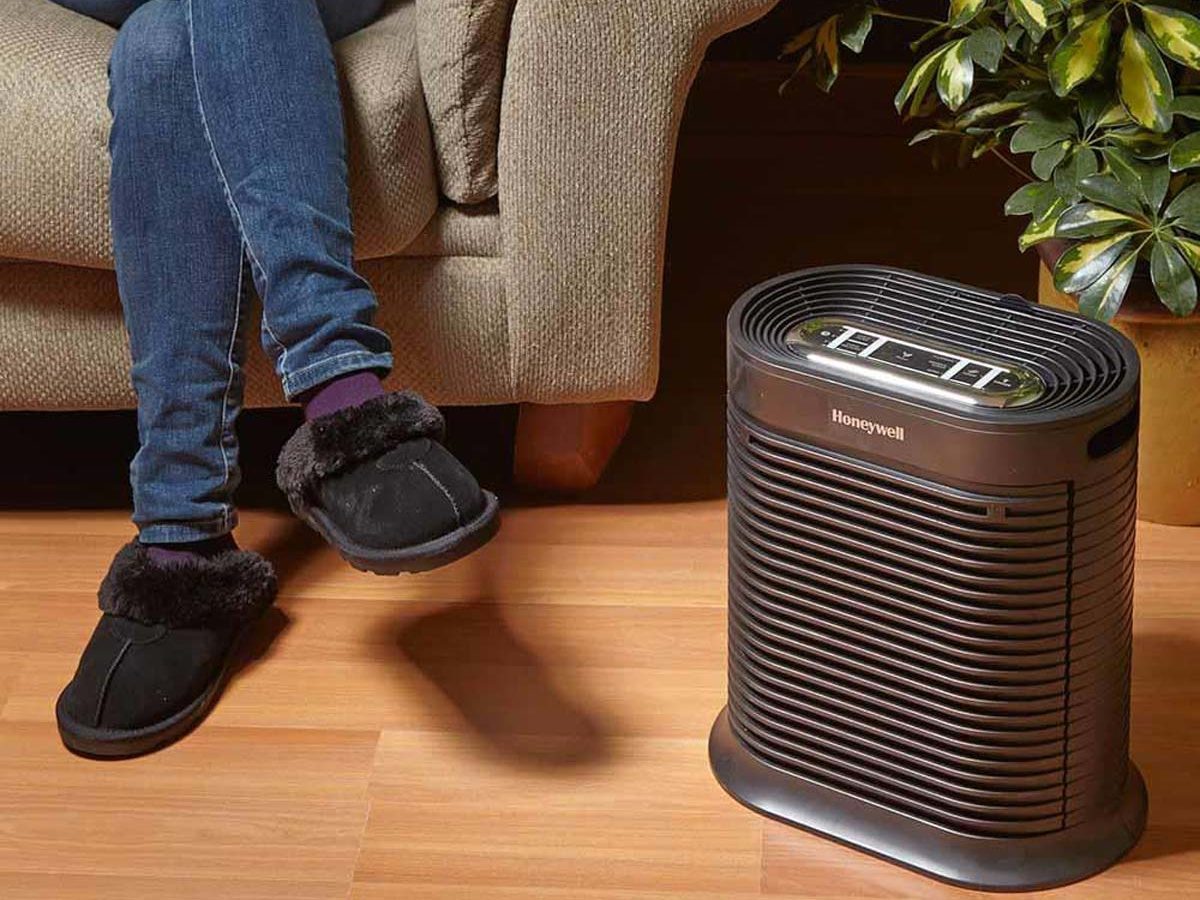
Purify the Air
- Place air purifiers in your most-used rooms to help suck up dust before it settles. Choose air purifier units with True HEPA filters rather than ionic cleaners, which release ozone, a respiratory irritant.
- Add a plant to every room. Plants naturally absorb common indoor pollutants like benzene and formaldehyde. NASA studies have shown that many plants, including aloes, palms and ferns, can absorb as much as 80 percent of the formaldehyde in a room in 24 hours.
- Keep the humidity in your house between 40 and 50 percent to help lower static electricity, which can cause dust to stick to surfaces and make them harder to clean. A humidifier (cleaned regularly) and leafy indoor plants will both increase humidity levels. Just don't increase the level to more than 50 percent. This will promote the growth of mold, a far more dangerous condition than dust. You can monitor humidity levels with a cheap hydrometer from a gardening store.
- Keep your windows closed on windy days. Dust enters through doors and windows in the form of pollen, mold spores and airborne pollutants.
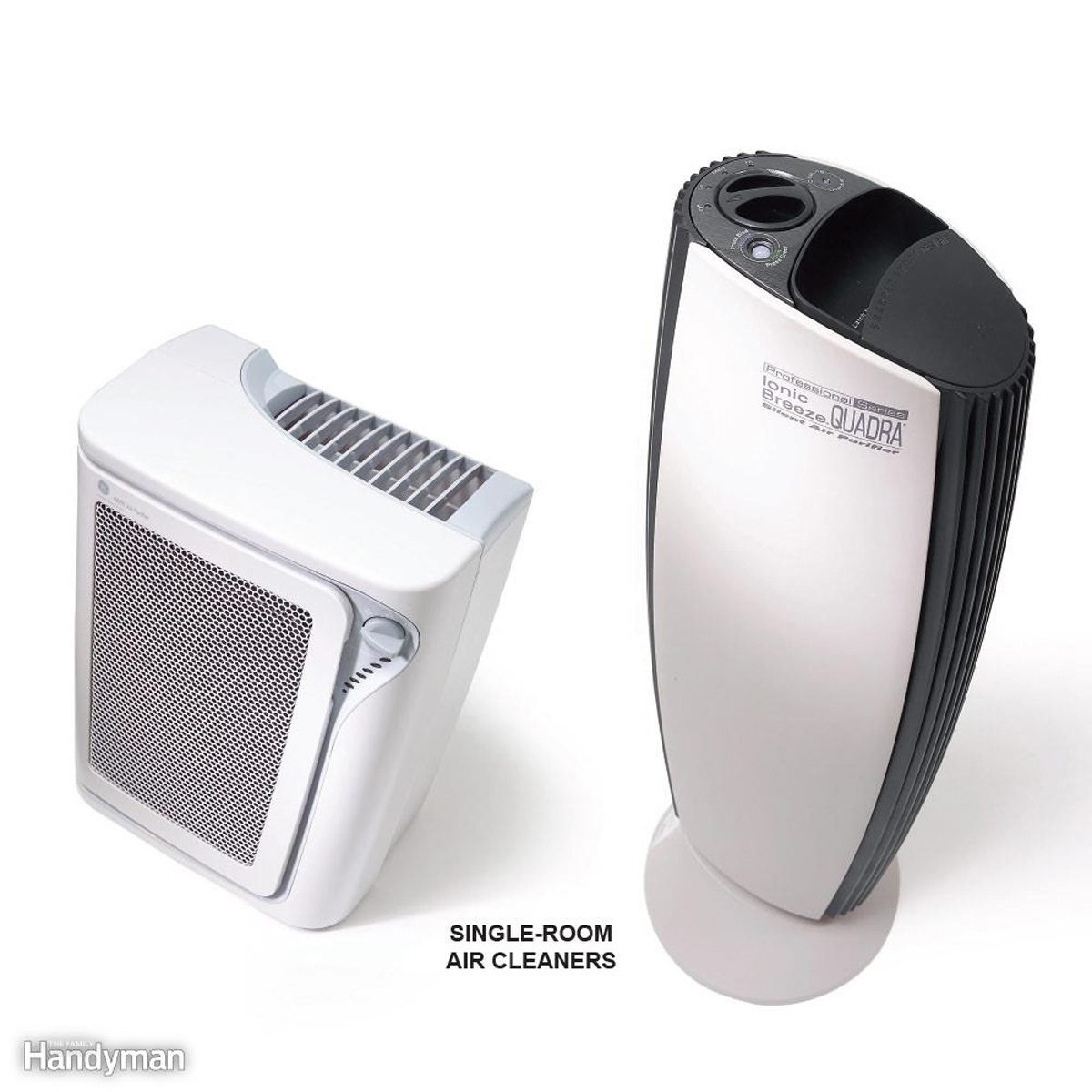
Do Air Cleaners Reduce Dusting?
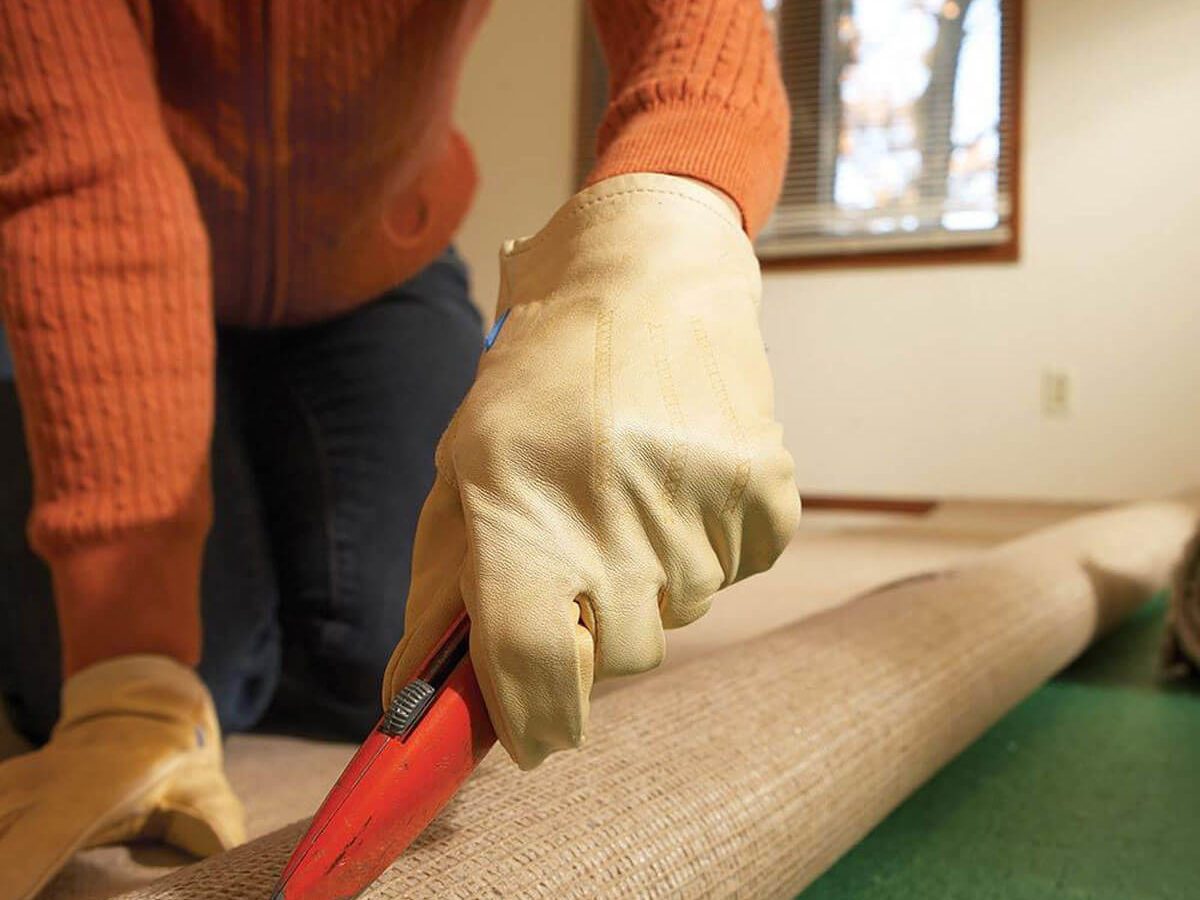
Ditch Your Carpeting
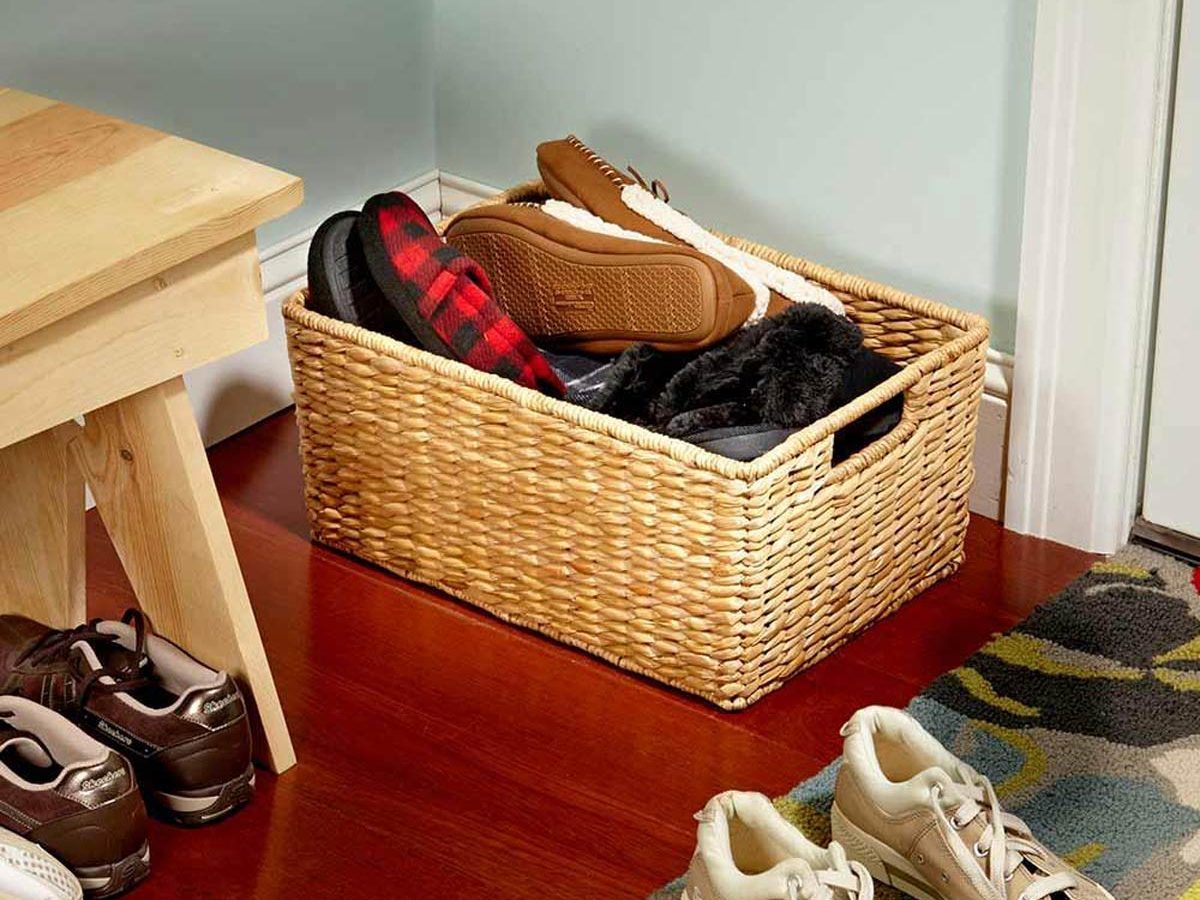
Ban Shoes Inside (But Offer Slippers)
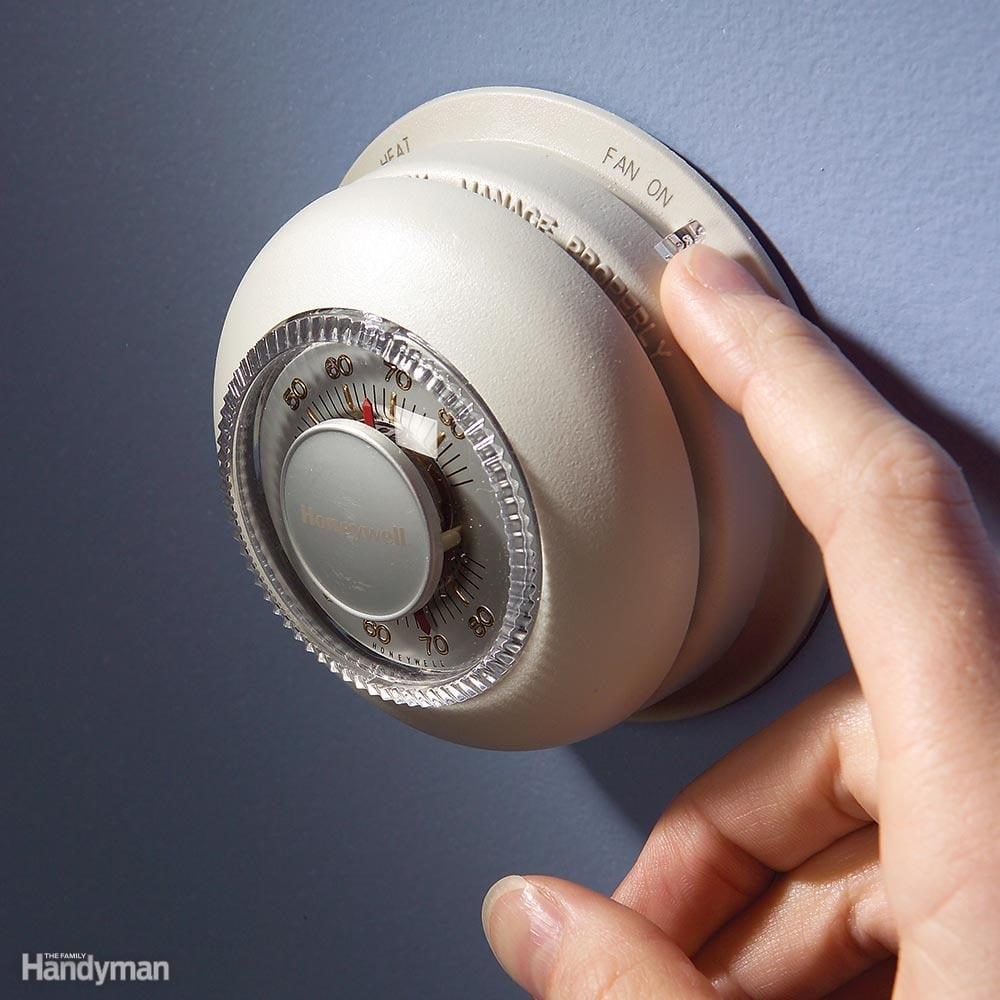
Clean the Air While You Clean the House
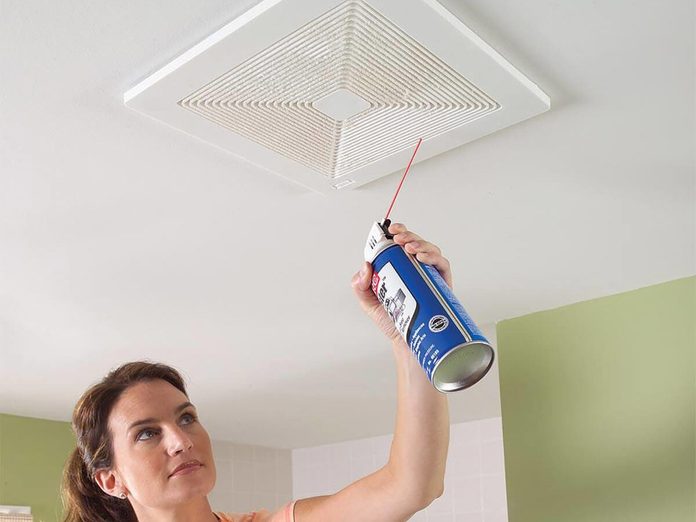
Clean the Exhaust Fan
If the grille on your bathroom exhaust fan is clogged with dust, try a trick that’s faster and more effective than vacuuming. Here’s how to clean a bathroom fan: Turn on the fan and blast out the dust with “canned air.” The fan will blow the dust outside. This works on the return air grilles of your central heating/cooling system too. Run the system so that the return airflow will carry the dust to the filter. You’ll find canned air at home centers and hardware stores, usually in the electrical supplies aisle.
Caution: The cans contain chemical propellants, not just air. Don’t let children play with them.
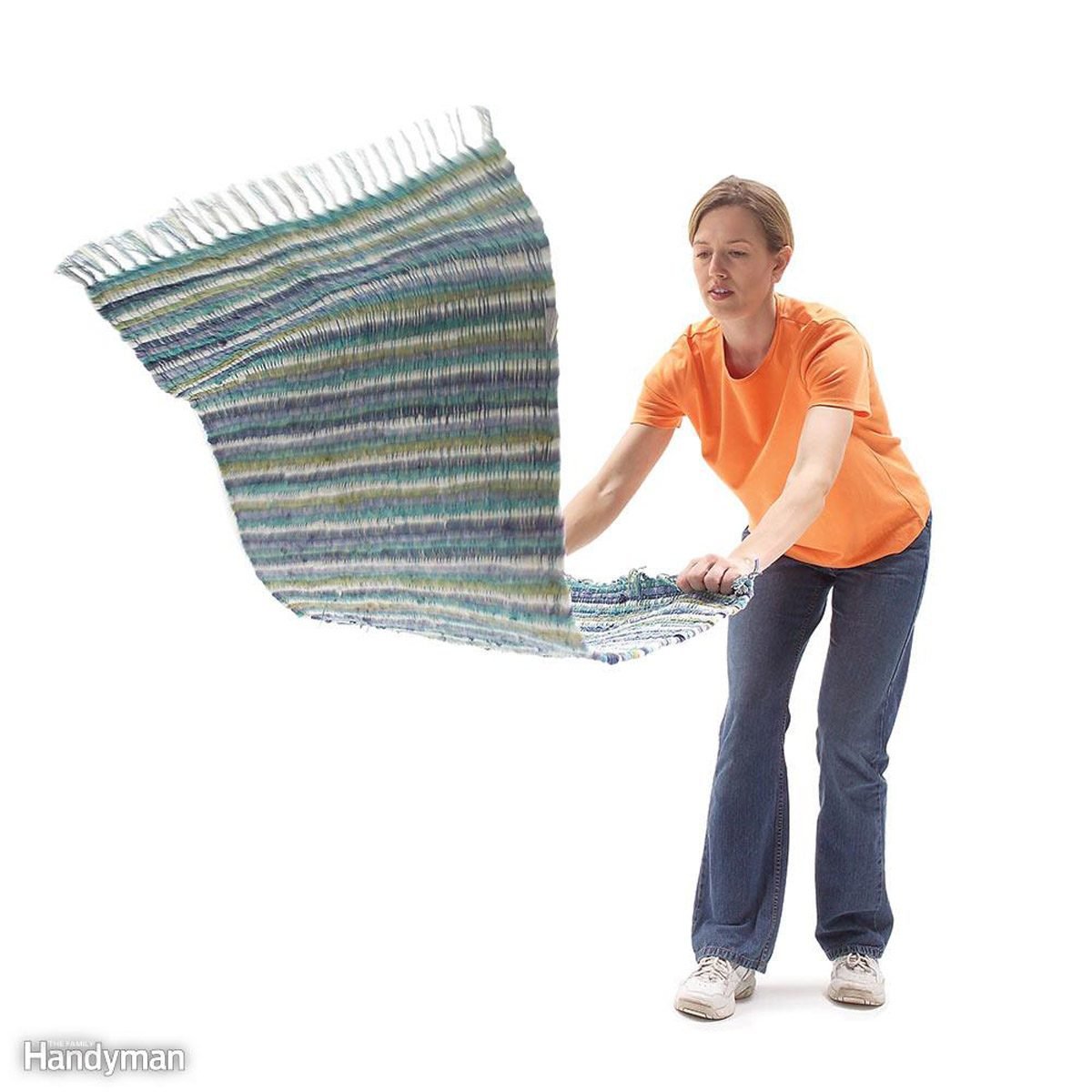
Beat and Shake Area Rugs
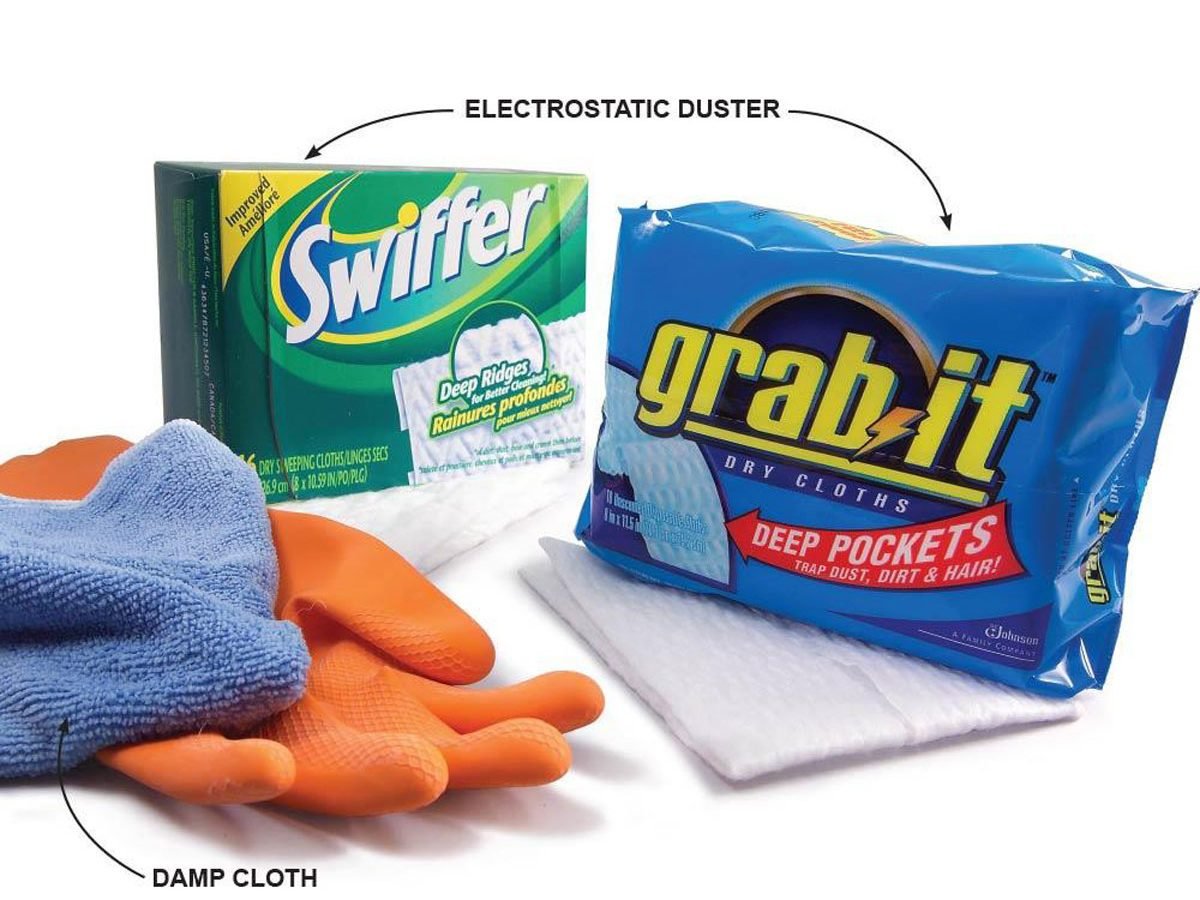
Capture Dust - Don't Just Spread It Around
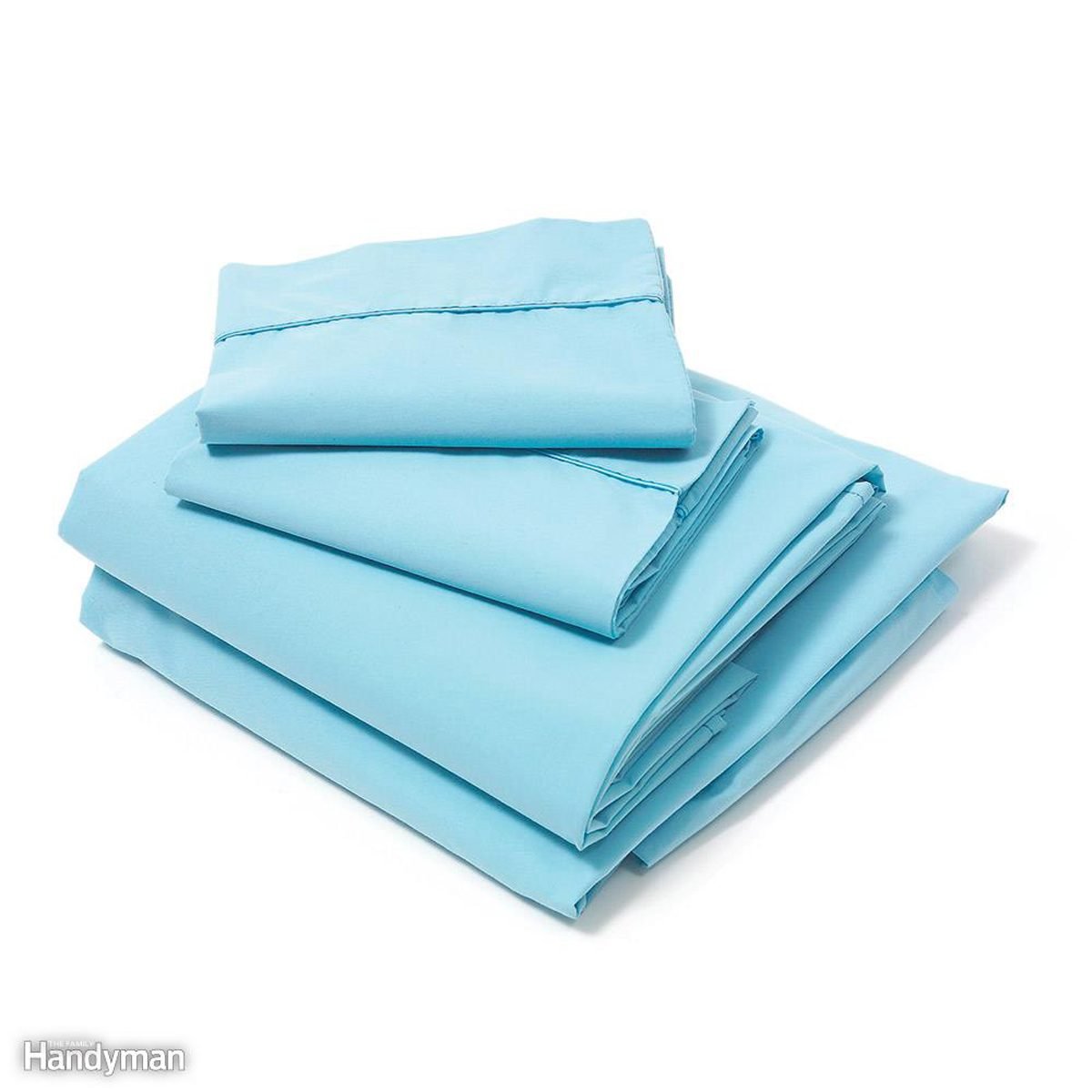
Rotate Bedding Weekly
Every product is independently selected by our editors. If you buy something through our links, we may earn an affiliate commission.



















